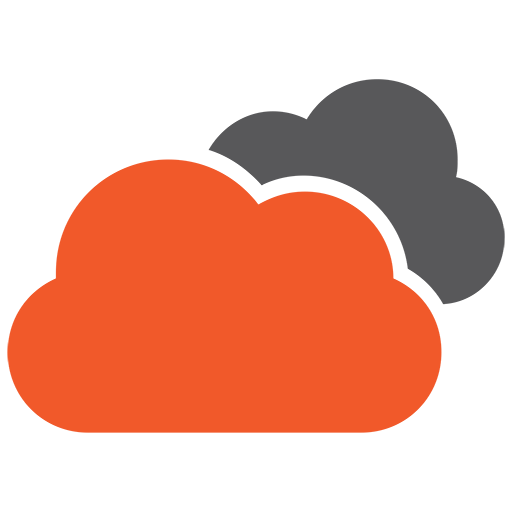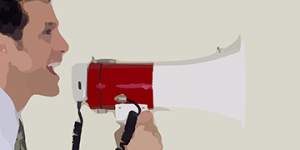A splash page in web design is a page that appears before you can enter the actual website. It is also called a “splash screen” and sometimes a “landing page,” and shares the same root URL as the site’s homepage. Most of them are designed creatively to attract visitors and create excitement before visitors enter your website. It usually has a visible skip or exit button that allows your visitors to do away with the splash page and immediately be directed to the main site.
Functions of a Splash Page
A good splash page is one that serves as an introduction before web users proceed to the main website and whose purpose is to further enhance user experience. Splash pages that don’t add value to the user experience are just an added layer of inconvenience to the users.
Read more: What is User Experience in Web Design?
Below are the 10 functions of a splash page:
1. Disclaimer
A splash page can show a disclaimer or warning to restrict some users from accessing certain content such as pornography, gambling or advertisements for liquor and the like. The splash page usually requires age verification before they grant visitors entry to the main website.
2. Announcement
It can also serve as a way to make an announcement: the latest company news, a new tagline or contact number, an important update or an upcoming event, among other notices.
3. Language or geographical location
Splash pages are sometimes used in order to direct visitors to the most appropriate version of the site. Visitors are then requested to select their preferred language or the country they’re currently in.
4. Bandwidth options
Depending on how users want to browse with regards to the speed of their internet connection, a splash page can be used to ask visitors if they would like to view the page as text-only (without images) or to choose between a low-bandwidth version or high-bandwidth version of the site.
5. Configuration and version
It also advises users of the best configuration, browser version and required plugins for optimal site experience.
6. View options
A splash page may present some options for viewing the site, whether in standard mode or fullscreen mode.
7. Navigation instructions
It can also offer guides and instructions for site navigation to maximise website features in order to achieve the best user experience.
8. Teaser
Designers sometimes use a splash page as a teaser to build up excitement before presenting the actual content of the site.
9. Audio notice
A splash page can also be used to inform the user that there will be sound or audiovisuals so they can turn on their speakers or wear earphones to appreciate this added feature.
10. Advertisement
Lastly, a splash page can function as a form of additional advertisement.
Features of a Splash Page
Because a splash page can serve different purposes, it doesn’t really have a specific set of required features although most splash pages contain the main message relevant to its function that is clear and easy to understand as well as an exit button. Sometimes the message comes with a call to action and a button to respond to that call. Occasionally, it could present a form that will ask visitors to enter their information such as name, email address and date of birth (usually for age verification).
A splash page doesn’t necessarily have a fancy design or a stunning background, however, some designers tend to get creative with their splash page.
Flaws of a Splash Page
A lot of web users are not keen on splash pages. Research shows that 25% of visitors leave a site after being greeted by a splash page instead of proceeding to the main website.
Splash pages that contain animation tend to be repetitive and irritating especially to returning visitors. Similarly, any kind of splash page encountered more than once contributes no value to most users so be sure to make that exit or skip button handy for when they want to move on to the main site. A workaround to this is using cookies to identify returning visitors and program the splash page to automatically be disabled for these users.
Another inconvenience a splash page might cause is allowing visitors to enter the main site by opening another tab or another window (as is the case with certain browsers).
Furthermore, some splash pages can be too radically designed without consideration for making buttons and clickable links visible that users end up having difficulty finding them.
In addition, splash pages aren’t really great candidates when it comes to search engine optimisation since there’s not a lot of content available for a search engine to discover and optimise. It was also reported that Google and other search engines started imposing penalties on websites hosting certain types of splash pages that reduced the quality of user experience and caused site speed to lag.
Any splash page that prevents visitors from having a good user experience and hinders them from fully engaging with your brand works against your goals for your business and should be promptly addressed.
Make A Splash, the Right Way
Good web design requires all the elements on your website – including your splash page – to work together to deliver a positive user experience. Owing to the many functions it has, a splash page has the potential to enhance the user experience of your visitors. You just need to be aware of the drawbacks of having a splash page and ensure that it doesn’t compromise the effectivity and efficiency of your site. Finally, use well-informed discretion to decide whether or not your website needs an added layer or feature in establishing its main goal. When executed properly, a splash page can be an impactful prologue to wonderful and unforgettable user experiences.
Need a splash page for your site? Get help from talented web designers in Brisbane.


